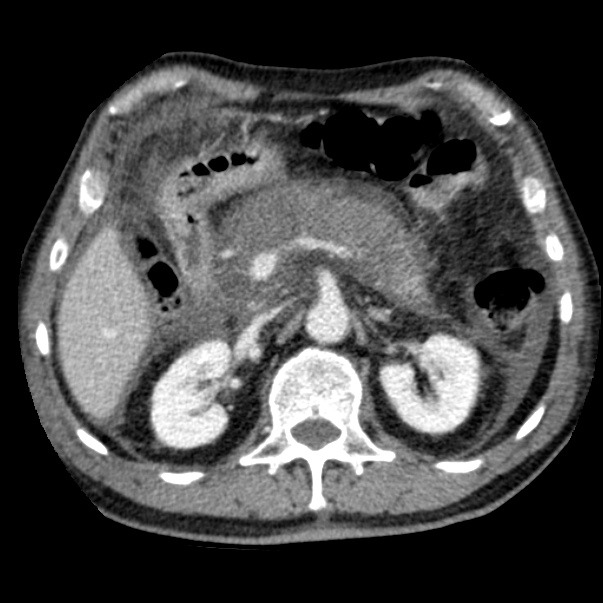Dr. Doug Beer, my former colleague and longtime friend, told me a story about the way healthcare overkill can actually kill a patient. Doug, who practices internal medicine at Emanuel Hospital in Portland, Oregon, and I were talking about cancer treatment during a recent visit he and his wife, Leslie, paid to my wife Nancy and me in New Hampshire. Doug confused me when he said he had a patient who died because he was treated too soon and too aggressively for pancreatic cancer. I asked him to explain.
The patient was a man in his sixties who had gall bladder disease and recurrent attacks of pancreatitis. He had some weight loss and complained of vague abdominal pain. Recurrent imaging studies and lab work revealed little information until on one exam the radiologist felt that there was a small “something” unexplained in the pancreas. He suggested following it to see if it changed. Doug agreed since the symptoms waxed and waned and were at the moment better.
The uncertainty of the radiology reading created great concern for the man’s wife. They sought a second opinion from a well respected academic gastroenterologist who proceeded to make multiple attempts to get a tissue diagnosis with more and more sophisticated techniques as each biopsy came back negative. The lesion was not changing but the concern of the patient’s wife grew with each unsuccessful biopsy.
Finally after a biopsy of the pancreas was performed using endoscopy and once again had come back negative, the gastroenterologist advised treatment. Along the way the man would return to Doug and get advice to wait. He would agree but when he went home his wife would push harder to do something. Finally the gastroenterologist, an oncologist, and a radiation oncologist agreed to begin treatment without ever confirming a diagnosis with tissue. Before the treatment began, Doug had asked his medical partner to review the case to see if she could find something that he was missing. She was equally surprised with the decision of the specialists to begin treatment.
The treatment was brutal but the specialists were happy because the lesion did not grow. Everyone reported this as a great success to the wife and husband. They were encouraged to accept another round of treatment and “saints be praised” the “tumor” though still present but was still not growing! Surely a sign that they were on the right track because was it not reasonable to assume that if they had not been treating the lesion it would have grown by now?
A third round of treatment was recommended during which the man died, not of metastatic pancreatic cancer, but of a complication of his radiation and chemotherapy. No autopsy was done, perhaps because “he had been through so much.” The wife was distraught but proud that her husband had battled cancer. The gastroenterologist, oncologist, and radiation oncologist did not respond to Doug’s inquiries.
I just shook my head in disbelief, but all the while had no problem accepting that the story was true. I need not list all the problems in the process of care, and there were many. The story stands as an example of how difficult it is to practice in a system that does not follow a protocol, a system where thinking is initially flawed and treatment is begun after questionable concepts are never questioned and a lack of “change” is misinterpreted for either self-serving or anxiety-reducing motivations as a success.
Most likely there was never a problem other than a fibrotic lesion in a man who had good reason to have one. It is chilling to think that the man may have died because of his spouse’s anxieties and three specialists who never let themselves question their initial decision. Did the man die from pancreatic cancer or did he die from the fear of cancer?
As chilling as that story is, it is likely to be repeated in the complexities of practice under the present system.
In next week’s blog, I will pass along another of Doug’s cautionary tales.


